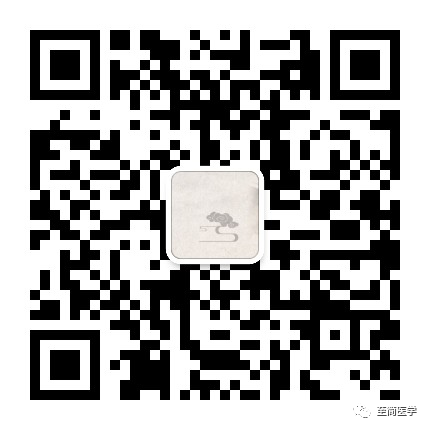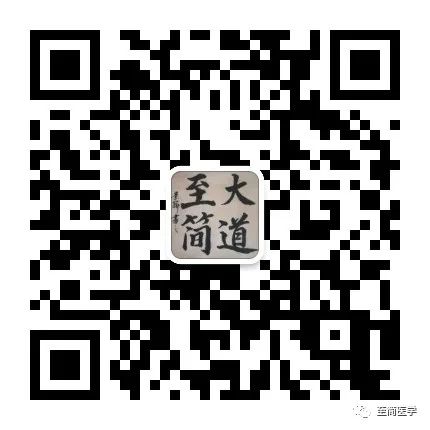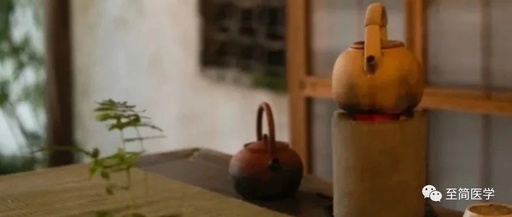 Recently, the weather has been cold with significant temperature differences between morning and evening, leading to many patients suffering from colds and fevers. It is even common for some patients to experience persistent high fevers for seven to eight days. In modern medicine, when faced with fever, the first step is to distinguish between infectious and non-infectious fever. If an infection is suspected, it is necessary to determine whether it is a bacterial or viral infection, often leading patients to emergency rooms or fever clinics. Doctors typically recommend a finger prick to check blood counts; if the white blood cell count is normal, a viral infection is considered. However, many patients who take heat-clearing and detoxifying medications or antiviral treatments do not see good results, leading to repeated high fevers, leaving many patients and their families feeling helpless about why, despite taking so many medications and receiving numerous injections, the fever persists.
Recently, the weather has been cold with significant temperature differences between morning and evening, leading to many patients suffering from colds and fevers. It is even common for some patients to experience persistent high fevers for seven to eight days. In modern medicine, when faced with fever, the first step is to distinguish between infectious and non-infectious fever. If an infection is suspected, it is necessary to determine whether it is a bacterial or viral infection, often leading patients to emergency rooms or fever clinics. Doctors typically recommend a finger prick to check blood counts; if the white blood cell count is normal, a viral infection is considered. However, many patients who take heat-clearing and detoxifying medications or antiviral treatments do not see good results, leading to repeated high fevers, leaving many patients and their families feeling helpless about why, despite taking so many medications and receiving numerous injections, the fever persists.
Now, let’s discuss how Traditional Chinese Medicine (TCM) treats exogenous diseases. TCM does not focus on which virus is causing the infection but rather on the body’s response to external factors, such as fever, headache, body aches, sweating, dry mouth, bitter taste, irritability, vomiting, etc. These are the symptoms we need to collect as evidence of the body’s expelling disease. According to the principles of treatment in the “Shang Han Lun” (Treatise on Cold Damage): When the disease is on the surface, it should be treated from the surface; when the disease is internal, it should be treated from the interior; when the disease is between the surface and the interior, a harmonizing approach should be used. This means that when the disease is at the surface of the body, the body’s expelling mechanism is to expel the disease from the surface. If the disease is internal, particularly in the gastrointestinal area, it should be expelled from the gastrointestinal tract. For conditions between the two, a harmonizing method is applied.
In the early stages of a cold and fever, patients typically present with symptoms such as chills, body aches, headaches, and fever. We should promptly use methods to release the exterior and induce sweating, which means using medications to assist the body in expelling the pathogenic factors from the surface. Many patients can recover quickly, even achieving a “covering the cup and recovering” effect. For example, if a patient has a fear of wind and cold, fever, sweating, and a pulse that feels relatively gentle, we can use a modified Gui Zhi Tang (Cinnamon Twig Decoction). If the patient has significant chills, body aches, fever, and no sweating, with a tight and floating pulse, we can use a modified Ma Huang Tang (Ephedra Decoction). If some patients also present with dry mouth and irritability on top of these symptoms, Da Qing Long Tang (Major Blue Dragon Decoction) can be used. For patients who often stay up late and consume cold foods, depleting their Yang Qi, with a pale tongue and white coating, and a weak, thin pulse, we can use a modified Ma Huang Fu Zi Xi Xin Tang (Ephedra, Aconite, and Asarum Decoction). This is a treatment primarily focused on exterior symptoms, and many people can achieve a “covering the cup and recovering” effect if they use medications promptly at this stage.
If the treatment of exterior symptoms is not timely or is mismanaged, the disease at the surface should help the body expel the disease from the surface. However, many people often buy antibiotics or heat-clearing and detoxifying Chinese patent medicines, which can damage the body’s Yang Qi. This can easily lead to the disease penetrating inward, resulting in many people experiencing a disappearance of cold symptoms but then developing a cough that is difficult to resolve. After a few days, if the patient no longer has significant symptoms of fear of wind and cold or muscle soreness but instead presents with recurrent fever, dry mouth, bitter taste, fullness in the hypochondrium, irritability, nausea, and poor appetite, the disease has already penetrated to the half-exterior, half-interior stage. At this point, Xiao Chai Hu Tang (Minor Bupleurum Decoction) is the representative formula, and if there is also constipation, it indicates a Yangming pattern (interior pattern), and Da Chai Hu Tang (Major Bupleurum Decoction) should be used as the main formula, with gypsum added if heat is significant. For some patients who are usually robust, although they have a fever, they do not have significant fear of wind and cold, and may even feel hot, with a red tongue, yellow coating, and a rapid floating pulse, we can use a modified Ma Xing Shi Gan Tang (Ephedra, Apricot Kernel, Gypsum, and Licorice Decoction).
When using exterior-releasing formulas, it is best to take small amounts multiple times, aiming for a slight sweating of the whole body, avoiding excessive sweating that could lead to a transition to an interior pattern. At the same time, after taking the medication and sweating, the body’s pores are open, so it is important to avoid wind exposure to prevent the development of other patterns. If symptoms change, treatment should be adjusted according to the new symptoms!
The above is a summary of the treatment principles for exogenous diseases. Next time, I will provide specific case examples. Friends who appreciate TCM are welcome to follow and share. I hope that through this dissemination, you can reduce illness or avoid unnecessary detours during medical treatment!



